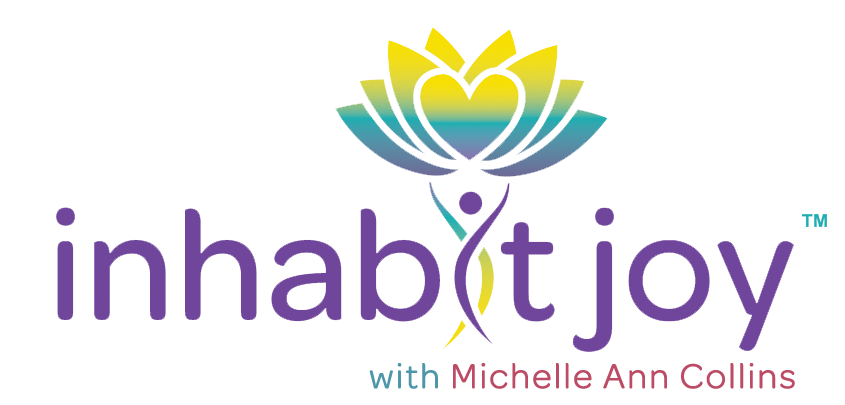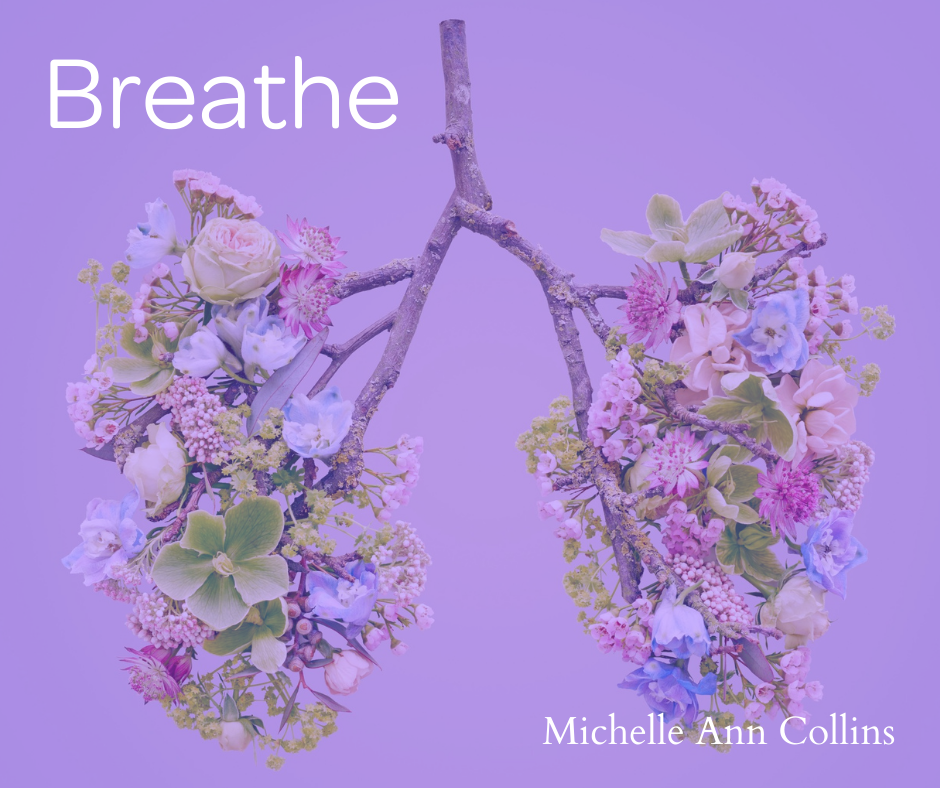Don’t you hate being told to “take a deep breath!” Usually, when someone tells me this, it’s the absolute last thing I feel like doing.
You’re angry, and you’re about to blow your top at someone (which you will later no doubt regret) and your breath comes in short shallow gasps. You are in fight or flight mode, and your next move is most likely thoughtless and regrettable.
Would you like to interrupt this pattern? I know I would, read on….
Take a few seconds right now to notice your breath. Since you’re reading this post, I’m guessing your breath is pretty calm. When you get upset, angry, fearful or anxious, your breath gets shorter and more shallow. When this happens, your body is in stress response, or fight and flight mode. There are a lot of reasons why fight and flight mode may be a helpful thing short term, for example if you’re being attacked.
When our breath gets shallow and we enter the stress response, blood rushes to our limbs, our eyes dilate (to see the enemy more clearly), all of our energy is shunted to the systems that we need to protect us from an immediate threat. This is an incredible help when our lives are in danger, we become superhuman and can do amazing things to protect ourselves or others. Think of the stories you hear about people suddenly developing great strength to save others from a crushing car.
There is a cost to this response, however, and it’s vital to our health to be in fight or flight for as short a time as possible. Our blood pressure and heat rate rise, our platelets thicken (to keep us from bleeding too much if we’re attacked), our immune system and digestive system are depressed. This is not a healthy state to be in for the long term. Our lives are so busy and stressful, unless you have a regular stress relieving practice, you may be in stress response all the time. Chronic stress leads to immune function disruption, inflammation, heart disease, cancer, high blood pressure and digestive problems. It is imperative to have a regular stress relieving practice so when we are faced with challenges we can stay out of fight or flight and keep our bodies healthy.
Obviously I’m a big fan of yoga and meditation for stress relief. But there is a way to get your stress-relieving practice going just a few minutes at a time.
Stress Relief Practice in 3 Simple Steps:
1 – Notice
2 – Breathe
3 – Notice
Over the next few days I invite you to notice when your breath is shallow, and/or quick, and try to reset your fight or flight response by taking a few deep breaths.
The first step is noticing. If you aren’t aware of a problem, how can you fix it? Make breath awareness a regular habit, try noticing your breathing at least once an hour. You can set an alarm, like your Apple watch tells you to get up regularly, do this for breath awareness.
Every time you remember, take a few seconds to notice your breath. Once you do, if you feel it is shallow or quick, bring your hands to your belly and take three deep breaths. As you inhale, feel your belly expand into your hands. As you exhale, gently contract your belly back toward your spine. Your hands should move out and in at least a couple of inches.
Check in with your breath again. If it hasn’t slowed and deepened, do this practice again.
Practicing just a few minutes a day can get you into stress relieving shape! You will quickly gain self awareness so when you are challenged and the stress response starts, you can remain in control by deepening your breath again quickly and efficiently.
You can be an expert not only at keeping your cool and exhibiting regretful behavior less often, but your immune function will be better, your heart and lungs will be healthier and your mood will be more stable.
Imagine all those benefits from just a few minutes a day!
Let me know how it goes, and if you need help or have any questions contact me.

